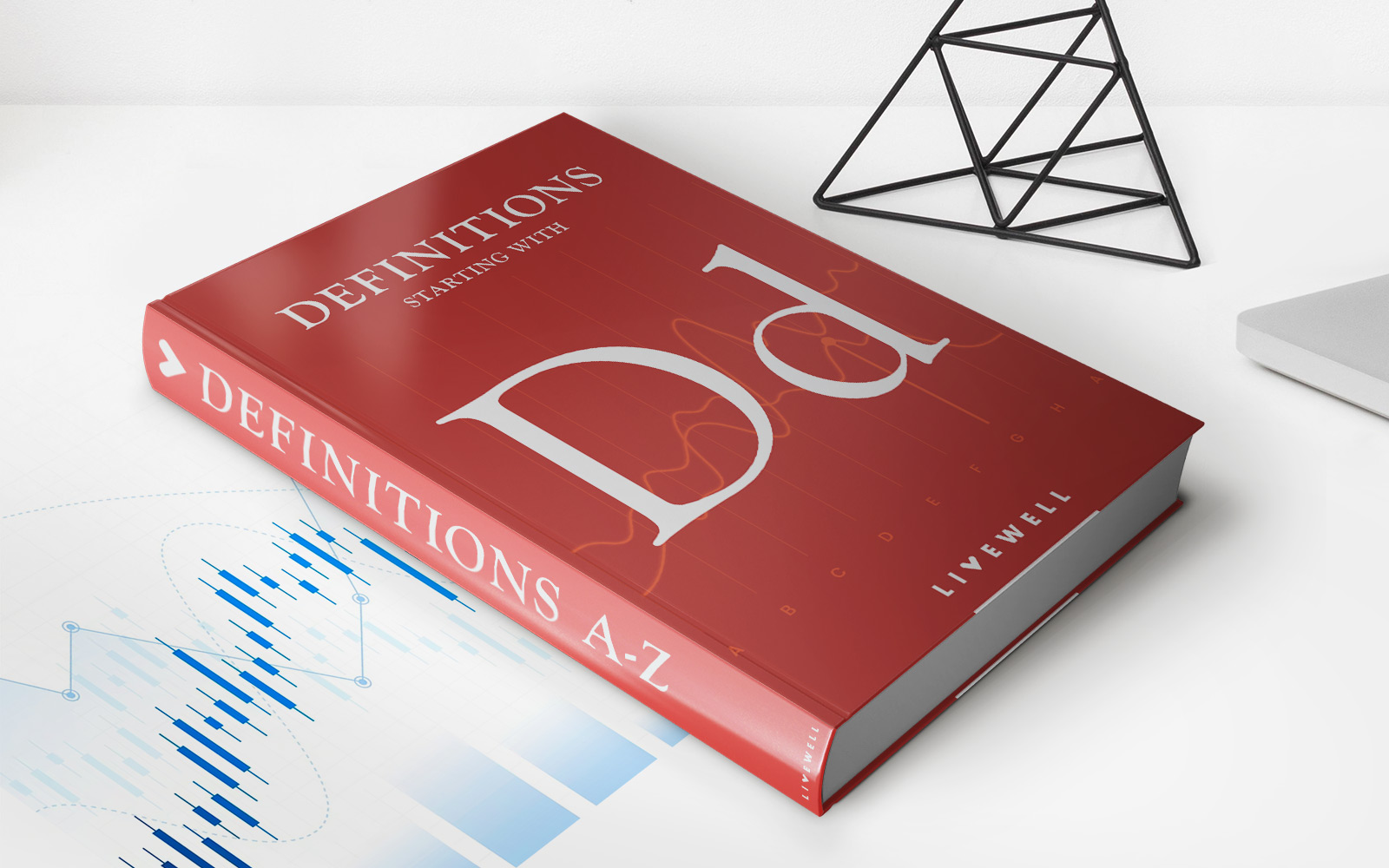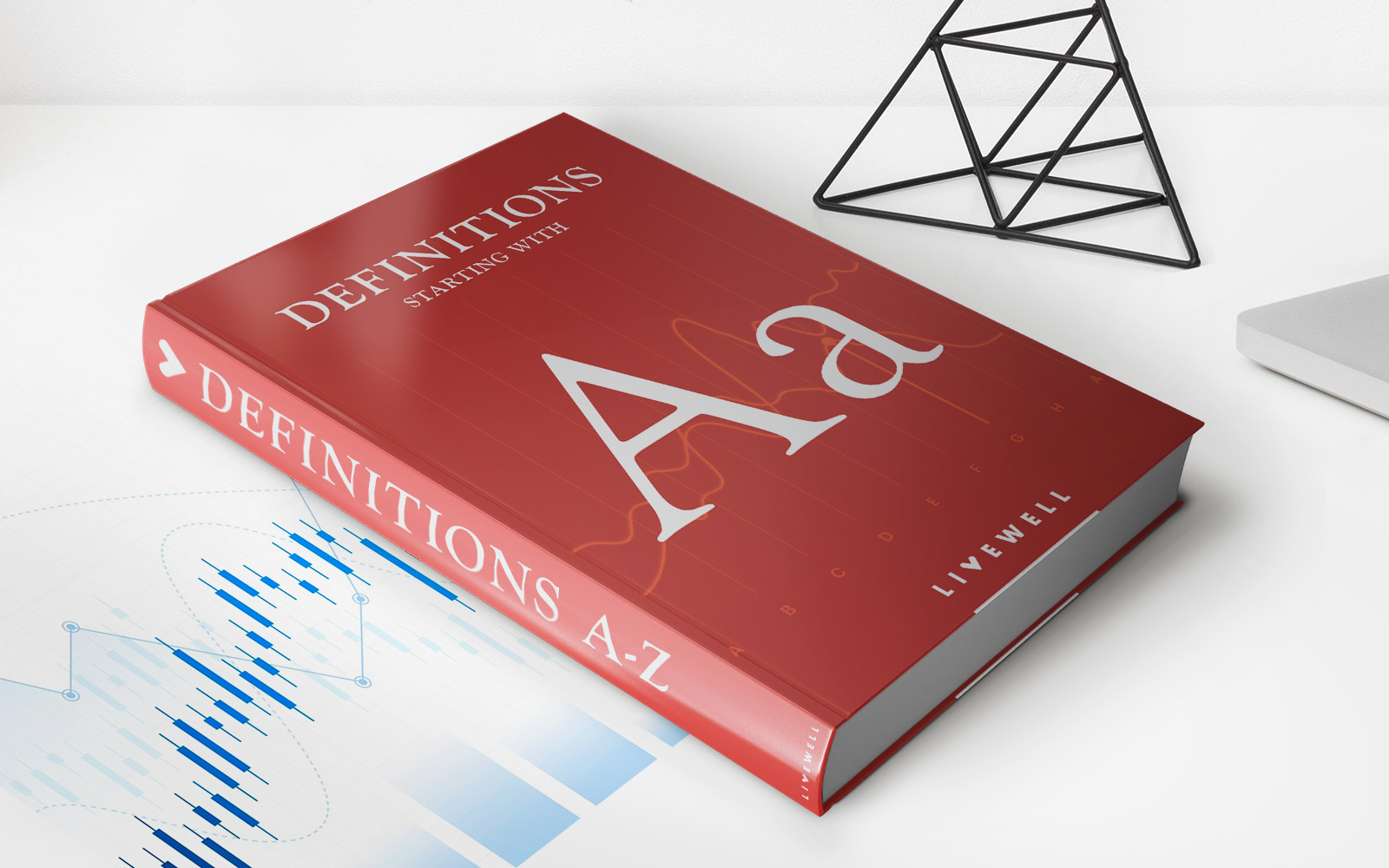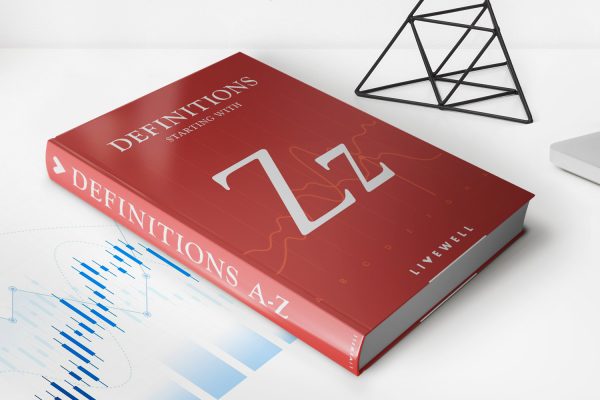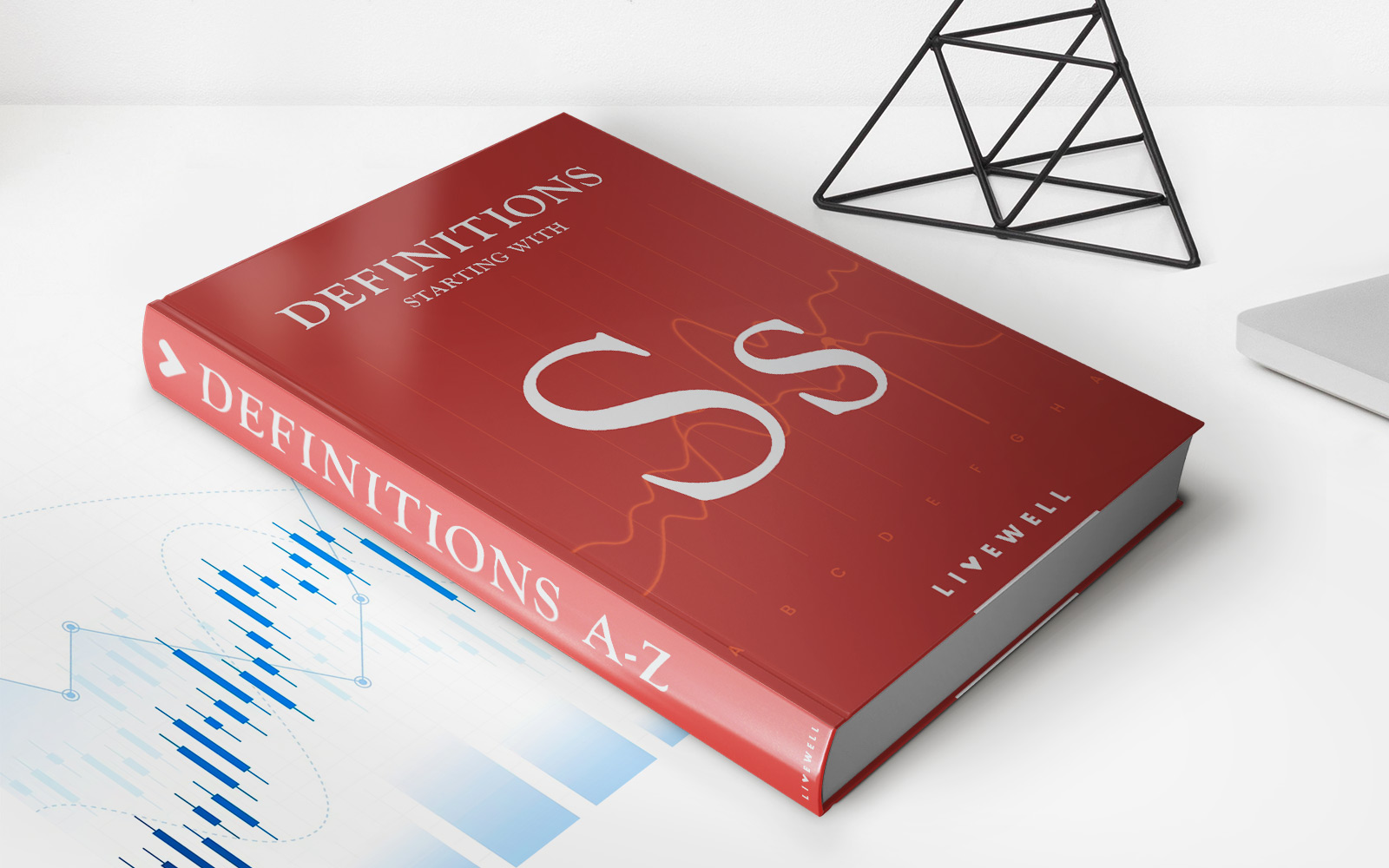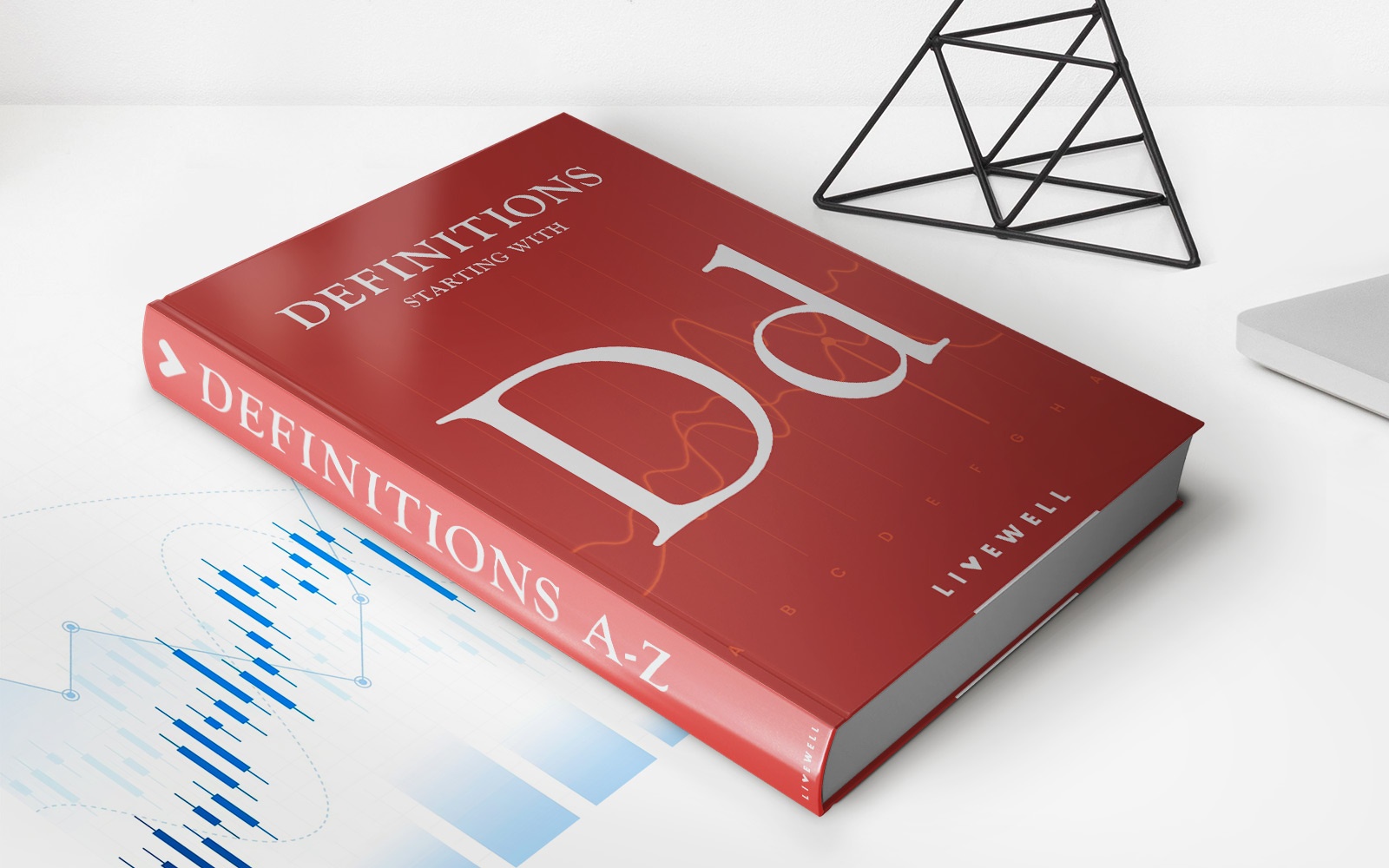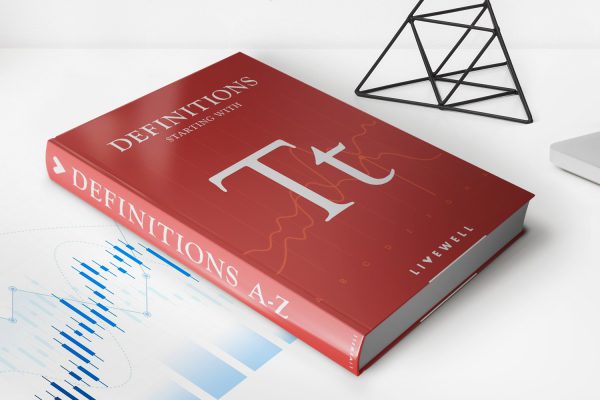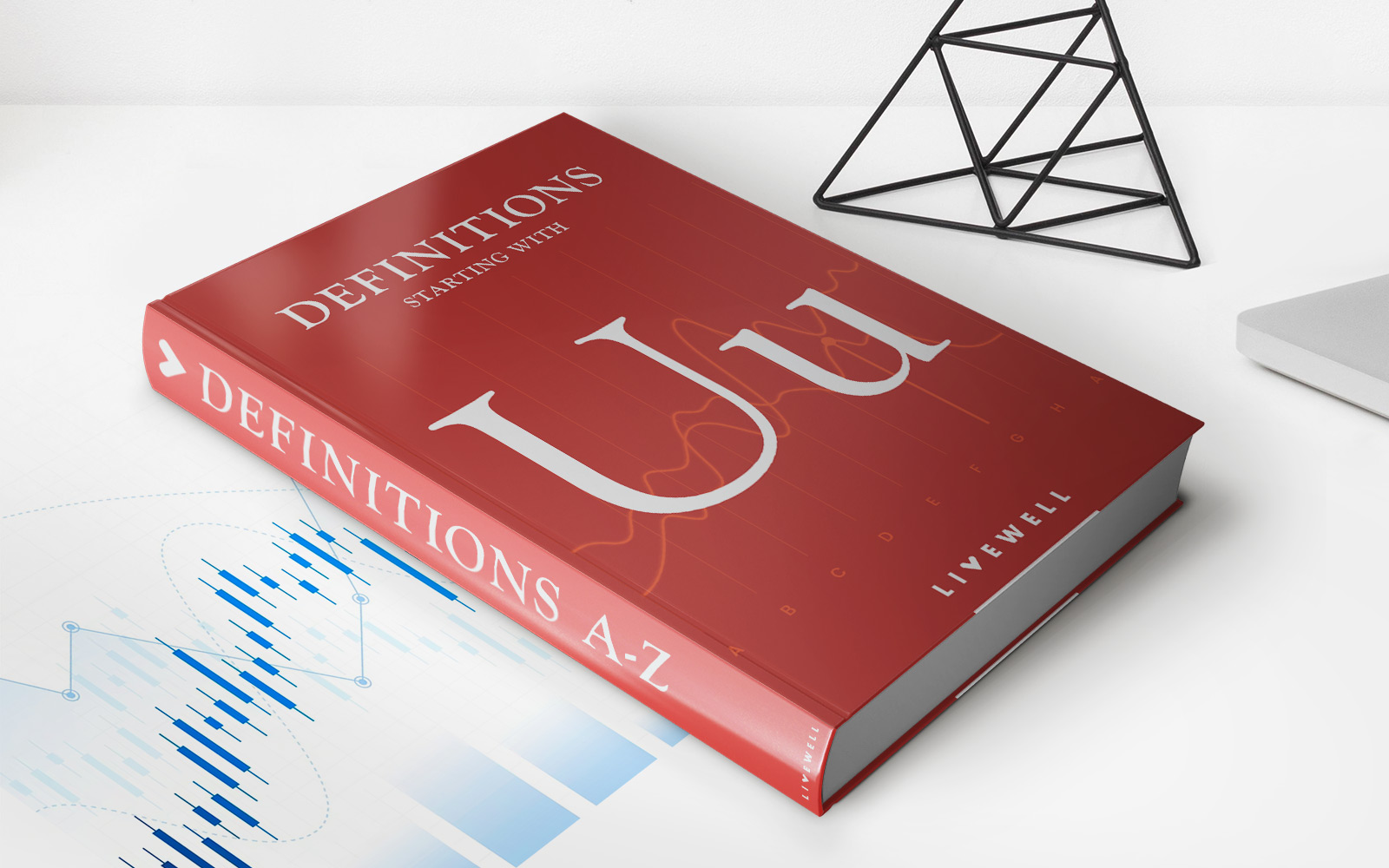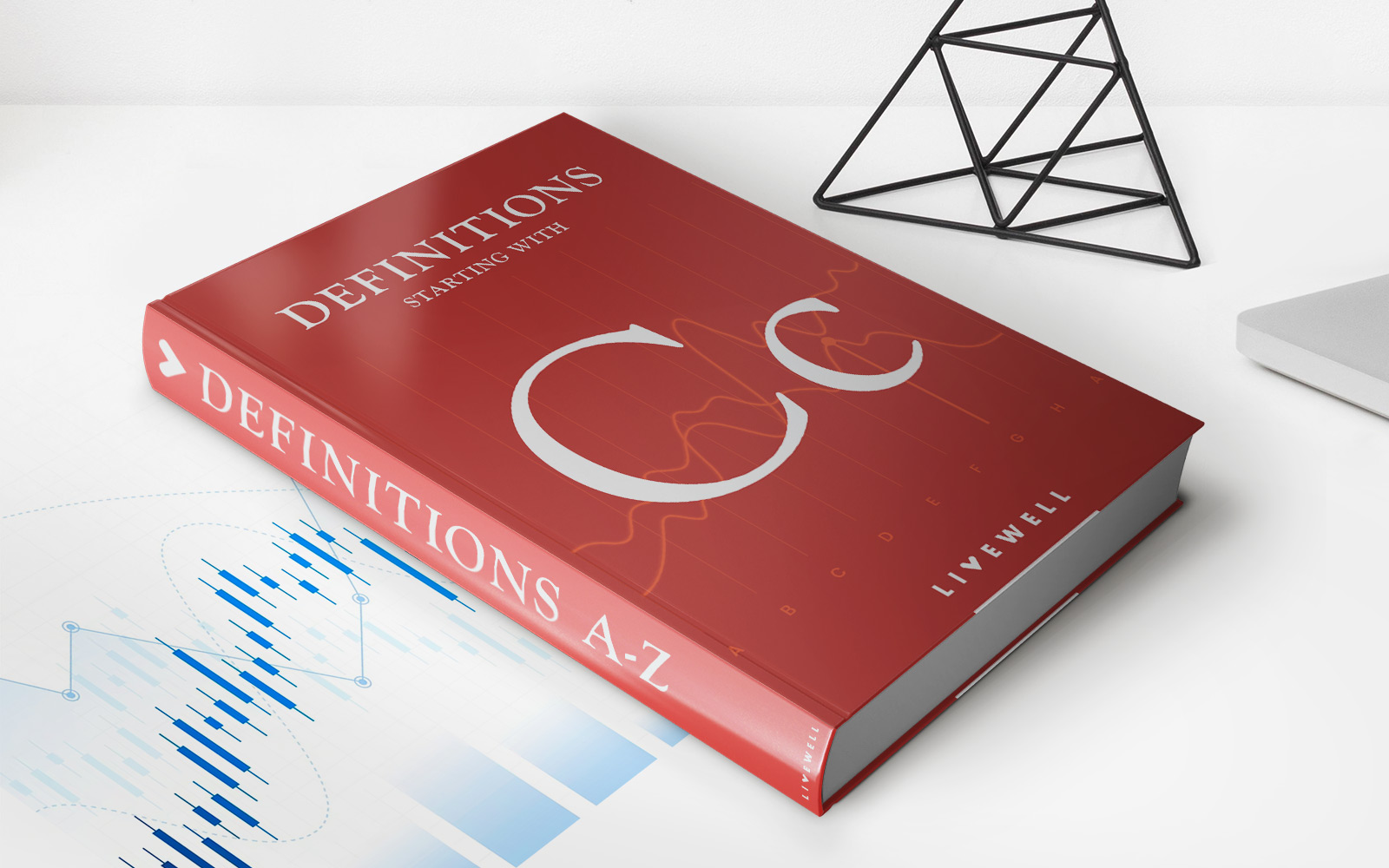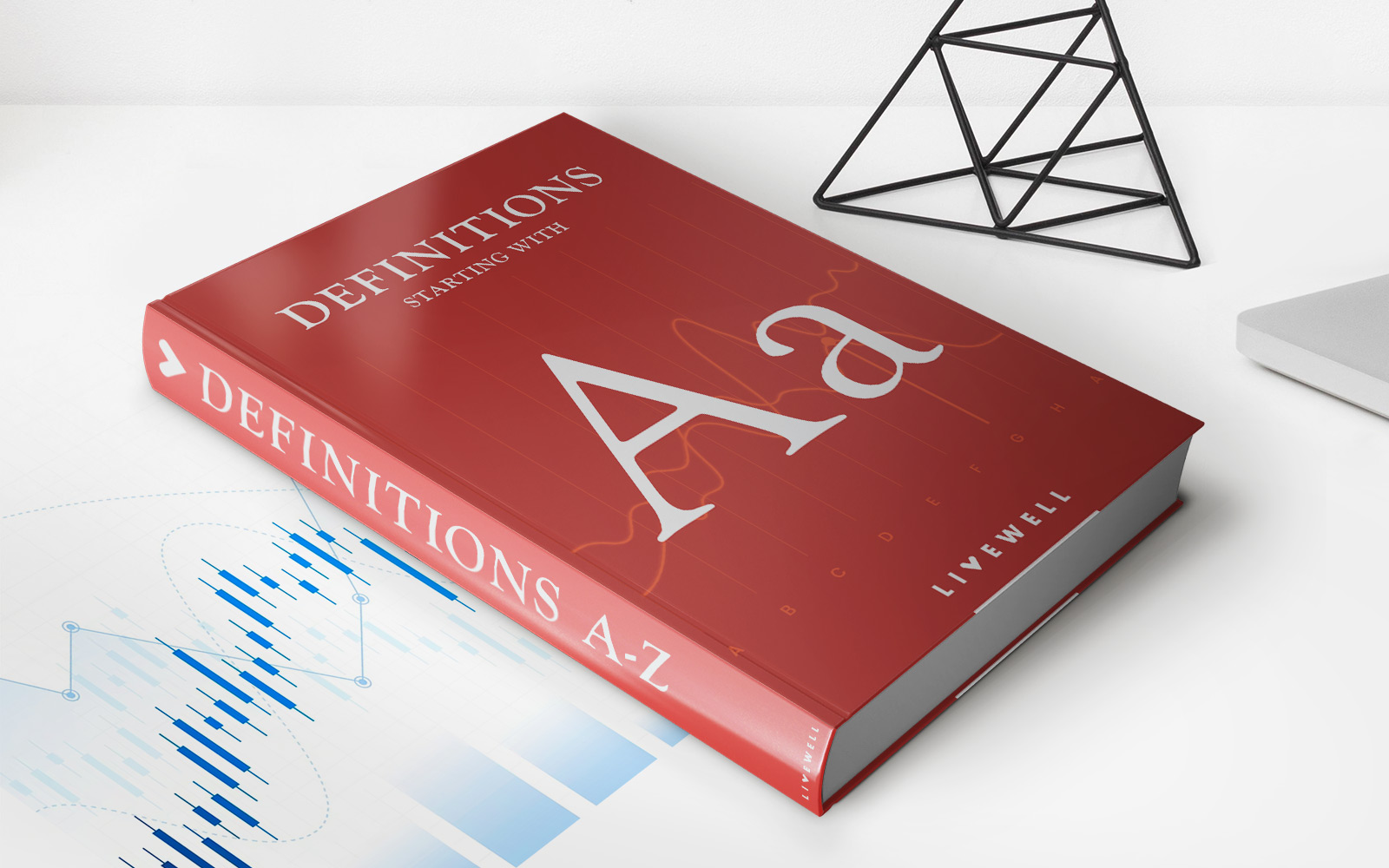Home>Finance>Memorandum Of Understanding (MOU) Defined, What’s In It, Pros/Cons, MOU Vs. MOA
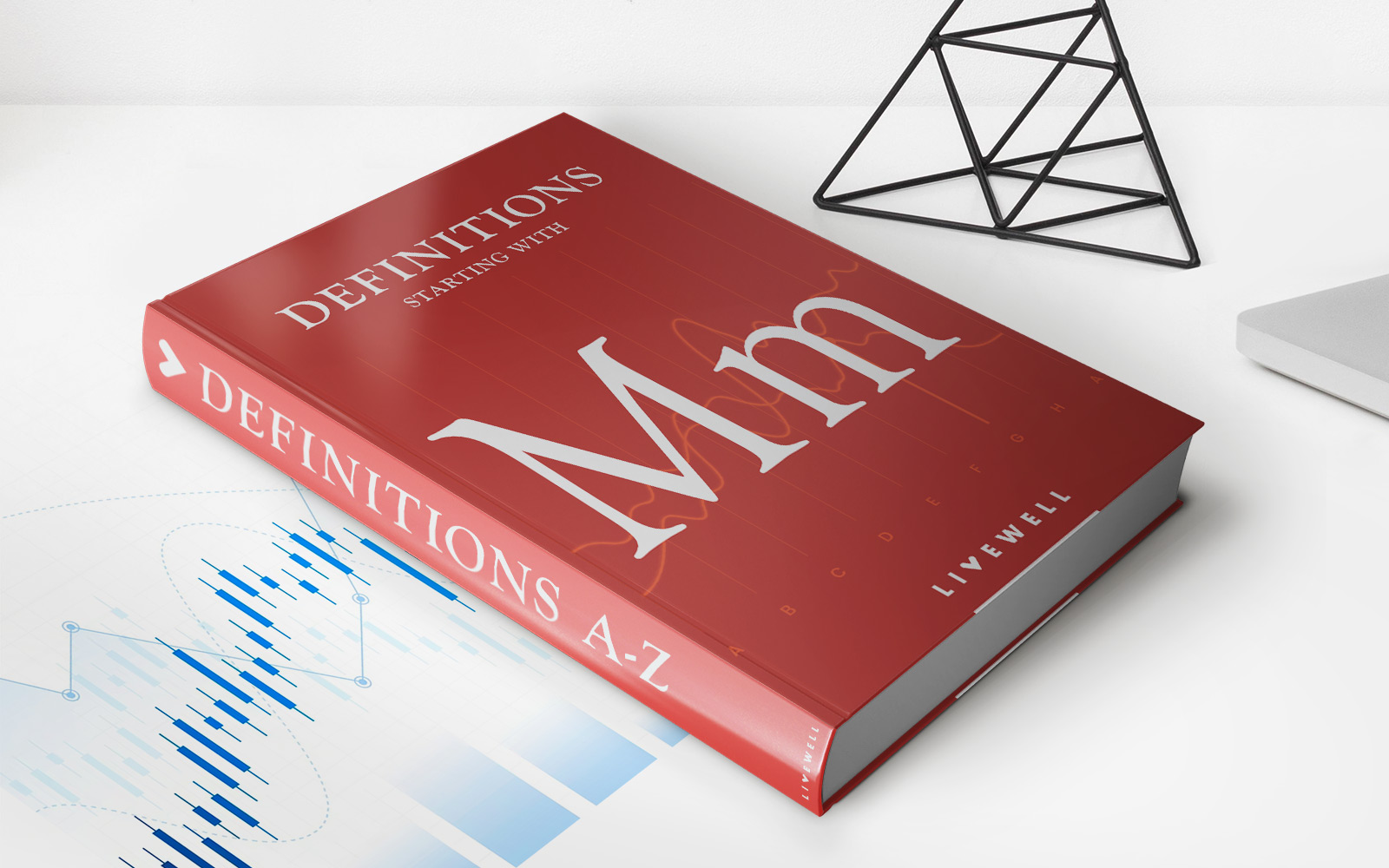

Finance
Memorandum Of Understanding (MOU) Defined, What’s In It, Pros/Cons, MOU Vs. MOA
Published: December 24, 2023
# Learn what a Memorandum of Understanding (MOU) is, its benefits and drawbacks, and how it differs from a Memorandum of Agreement (MOA) in the field of finance.
(Many of the links in this article redirect to a specific reviewed product. Your purchase of these products through affiliate links helps to generate commission for LiveWell, at no extra cost. Learn more)
Understanding Memorandum of Understanding (MOU) in Finance
When it comes to business and financial agreements, clarity and understanding are paramount. One commonly used document that helps establish this clarity is the Memorandum of Understanding (MOU). In this blog post, we will delve into what an MOU is, what it typically includes, the pros and cons of using an MOU, and how it differs from a Memorandum of Agreement (MOA).
Key Takeaways:
- An MOU is a non-binding agreement between two or more parties that outlines their mutual understanding on a specific matter.
- MOUs are often used in financial transactions to establish the intentions of the parties involved before entering into a legally binding contract.
What is a Memorandum of Understanding?
A Memorandum of Understanding, commonly referred to as an MOU, is a document that outlines the agreed-upon terms and intentions between two or more parties. It serves as a preliminary agreement, providing a framework for future negotiations or collaborations. Although an MOU is not legally binding, it helps establish a foundation for the parties involved to move forward with their plans in a transparent and mutually beneficial manner.
What’s in an MOU?
While the contents of an MOU may vary depending on the specific context, it typically includes:
- Identifying information: Names and contact details of the parties involved.
- Purpose: A clear statement of the purpose and objectives of the agreement.
- Scope: The boundaries and limitations of the understanding to avoid confusion or misunderstandings.
- Terms and conditions: Specific details on what each party is responsible for and any agreed-upon timelines.
- Confidentiality: Provisions regarding the protection of sensitive information shared during the collaboration.
- Termination clause: The circumstances under which the MOU may be terminated.
- Signature: Signatures of all parties involved to indicate their agreement and commitment to the MOU.
Pros and Cons of Using an MOU
Like any agreement, MOUs have both advantages and disadvantages. Let’s take a closer look at the pros and cons:
Pros:
- Clarity: An MOU helps ensure everyone involved understands the intended goals and responsibilities.
- Flexibility: It provides room for negotiation, allowing parties to modify the agreement before entering into a legally binding contract.
- Memorialization: An MOU serves as a written record of the agreed-upon terms, which can be used for reference or in case of disputes.
Cons:
- Non-binding: MOUs are not legally enforceable, and parties may not be held accountable for failing to meet their obligations.
- Confusion: The non-binding nature of an MOU can lead to misinterpretations or differing expectations among the parties involved.
- Lengthy negotiations: Developing an MOU requires time and effort to ensure all parties are satisfied with the terms, potentially delaying the start of the project.
MOU vs. MOA: What’s the Difference?
While MOUs and Memorandums of Agreement (MOAs) may seem similar, they have distinct differences:
- Binding Nature: An MOA is a legally binding document, whereas an MOU is not.
- Specificity: MOAs tend to be more detailed and specific in outlining the agreed-upon terms, while MOUs are generally broader in scope.
- Legal Implications: Due to its binding nature, an MOA can be enforced in court if one party fails to meet their obligations, while an MOU cannot.
In Conclusion
Memorandum of Understanding (MOUs) play a crucial role in establishing mutual understanding and collaboration within the finance sector. Although they are not legally binding, MOUs serve as valuable tools for clarifying intentions, setting expectations, and outlining responsibilities before entering into a formal contract. Understanding the pros and cons of using an MOU will help parties involved make informed decisions and navigate their agreements more effectively.

